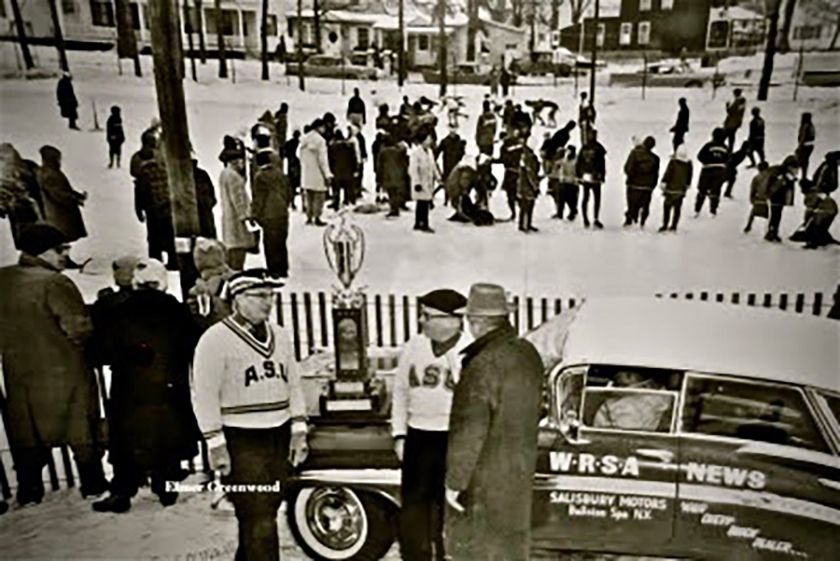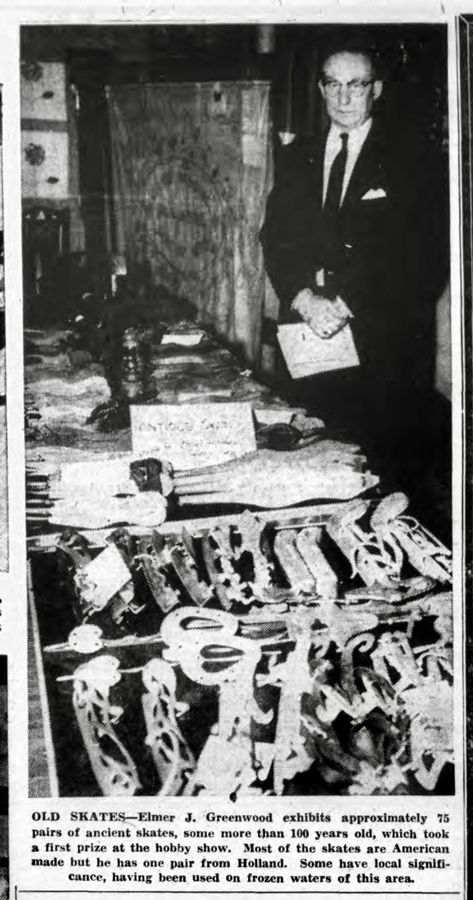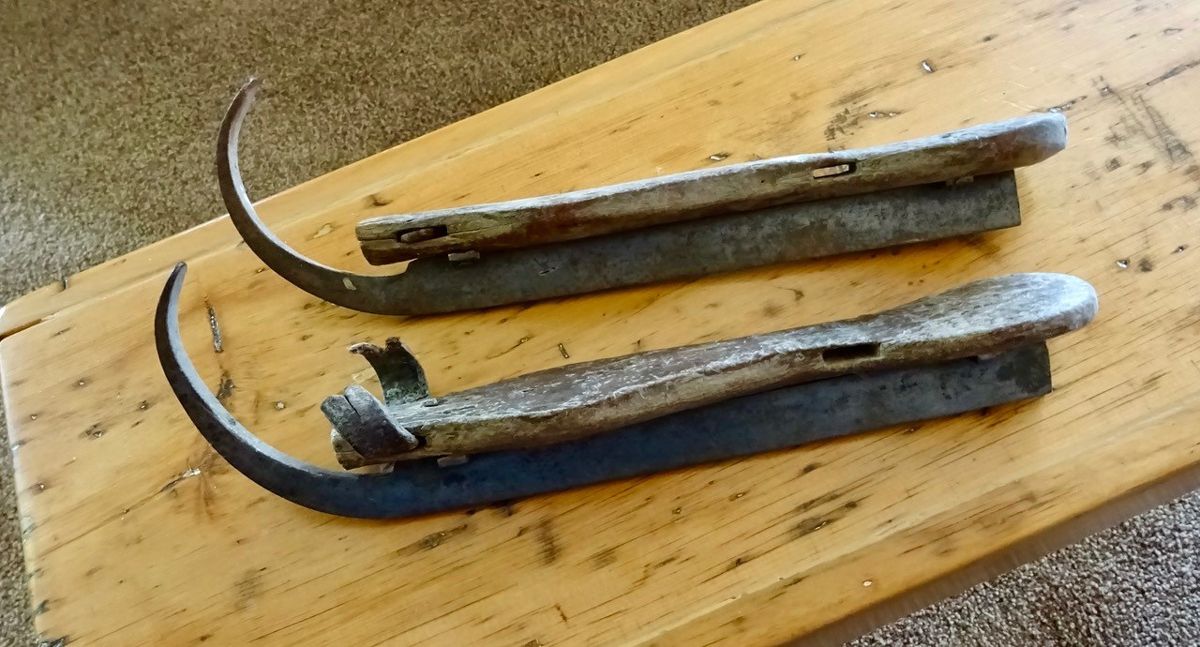The Acme Thunderer
{From the 2024 Spring Magazine}
Written by John R. Greenwood | Photos Provided
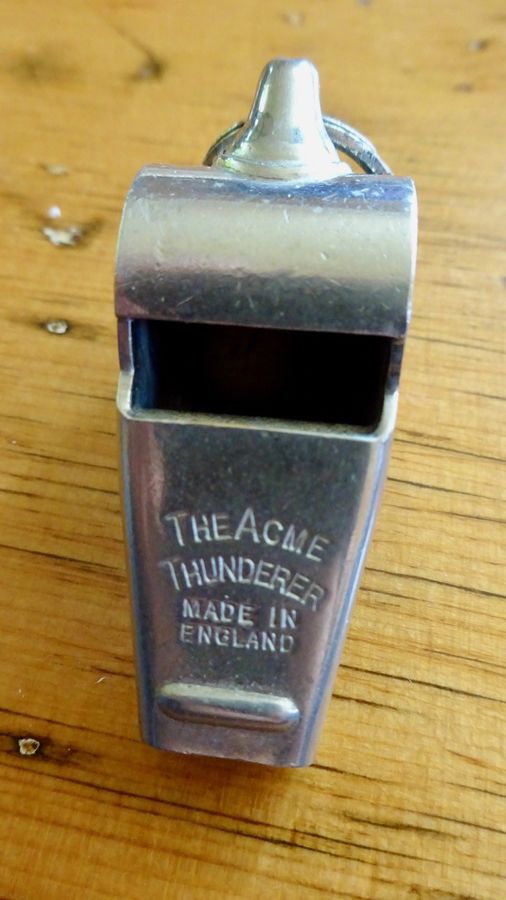
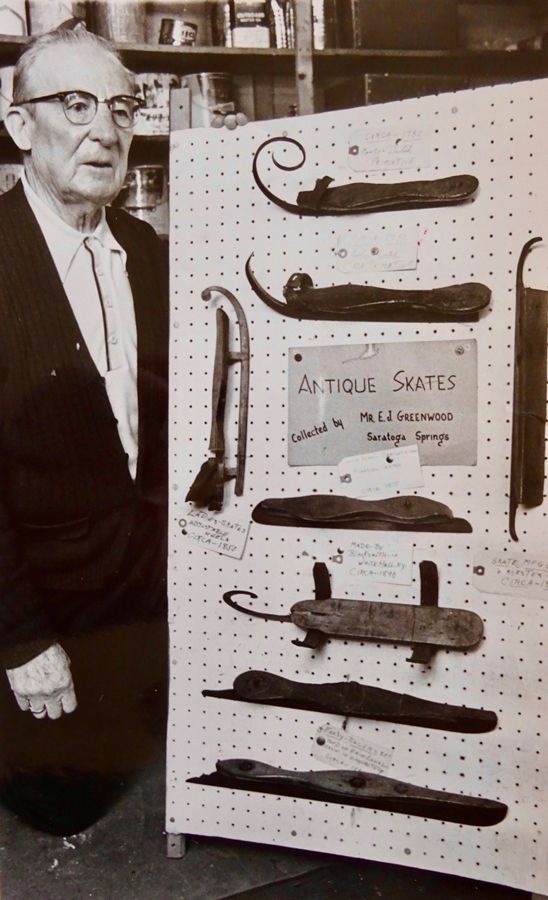
I was deep into an organizing episode recently when I found a small metal whistle in a box of family memorabilia. It was clearly not a toy. It took little "Googling" for the significance of my discovery to emerge. I began by searching for the name stamped into the face of the whistle — Acme Thunderer, Made in England. Within seconds, I was immersed in a whistle-history I had no clue existed. The first thing that popped up was an Amazon-sponsored ad with a photo of the same whistle, available for $20.99. The name and the font were identical to the small – no doubt an heirloom – item I was holding in my hand. Indeed… this beautiful whistle was most likely used by my grandfather.
Wikipedia explained that J. Hudson & Co. was founded in the 1870s in Birmingham, England, by Joseph Hudson and his brother James. The company became the manufacturer of whistles and continues today as the world's largest and most famous producer. In1884, the Acme Thunderer, the world's first pea whistle, was launched. Wikipedia tells us that "acme" is a Greek word meaning a high point, indicating that the whistle was a tool for producing a very high decibel level. The whistle I held had the Wilson sports equipment logo on one side and was fifty years old. If you were to place it beside an Acme Thunderer made today, you'd be hard-pressed to tell the difference. What I found interesting was the variety of things these whistles have been used for, from fire brigades, police officers, and the armed services to referees and coaches of every sport imaginable. I immediately pictured my grandfather, Elmer Greenwood, with the whistle around his neck, skating across the ice as a speed skating judge at Saratoga's Eastside Rec in the 1960s. Knowing one of his best friends was Bob Walton Sr., it would be a safe guess the former Walton Sports Shop was the whistle's purchase point.
With that vision in my head, the next thing I did was to open a genealogy notebook my grandfather had assembled in 1984-1985. He was 85 at the time and had lost his sight due to glaucoma. Here is an excerpt:
In the early thirties, my son Ralph joined the Saratoga Winter Club and eventually skated on the team. In 1935, I joined the S.W.C. and practiced with the team. I became manager of the team in 1938. I represented the S.W.C. at meetings of the Northern New York Skating Assoc. at the same time. I was president of the Northern N.Y. Skating Assoc., 1948-49-50. During this period, I officiated in different capacities; Clerk of Course, scorer, judge, assistant referee, National Referee from 1950-55, and National Chief Judge from 1956-1972. Around 1955, I was elected first chairman of the Eastern Scheduling Committee, composed of all the skating associations in the East. During all these years in skating, I helped the surveyors layout the tracks. Around 1976, I worked with the Spa State Park officials who were constructing a 400-meter speed skating outdoor rink. This is my 50th year as an active member of the Saratoga Winter Club. I gave up skating myself in 1982 because of my eye problem. I will be an honored guest on May 18, 1985, at the Amateur Skating Union Convention banquet at the Hilton Hotel in Albany. I was nominated and elected to the Skating Hall of Fame (Newburgh, NY) at the Amateur Skating Union of the United States convention held in Saratoga Springs, NY, May 19, 1979. — Elmer J. Greenwood
My grandfather's involvement with skating included an extensive collection of antique ice skates, and other speed skating memorabilia, which he proudly donated to multiple museums before his passing. Those include the Saratoga History Museum, The Adirondack Museum in Blue Mountain Lake, the Saratoga Springs Public Library, and the N.Y.S. Museum in Albany.
I share this portion of my grandfather's legacy because, in his most active years, I was too young to understand his contribution. In later years, I was too busy raising a young family of my own to pay attention. Which brings me back to the Acme Thunderer. Finding that whistle revived my interest in my grandfather’s history and in my family's genealogy. Re-reading the extensive research he'd assembled gave me a clearer focus on the generational layers spanning both sides of the family.
I hope this piece will remind others of the importance of family history and documentation. Had my grandfather not done such a thorough job putting all these facts on paper, not only would I have forgotten most of it, but what I recalled would probably have been inaccurate.
Thanks to the discovery of a high-decibel pea whistle with a long history, I was reunited with my grandfather once again. It also spurred memories of my grandfather's long history with the Van Raalte Knitting Mill. He was the superintendent of knitting operations when he retired in 1965. In his papers, he left a long and detailed biography of his years there, which leads me to believe there is more Saratoga history to discover and share.
